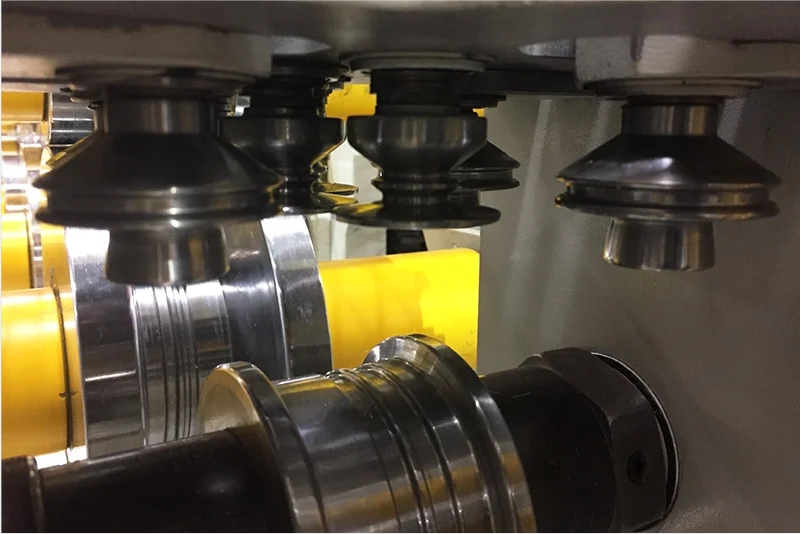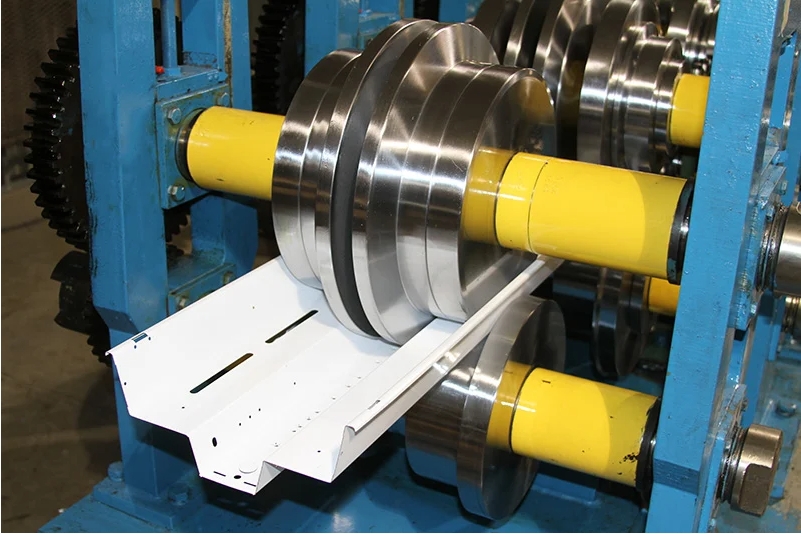Navigation Menu
Contact Us
- Email:
- info@wxavatar.com
- Address:
- Yurong Village, Yuqi Street, Huishan District, Wuxi, China.
Release Date:Jun 25, 2025 Visit:52 Source:Roll Forming Machine Factory
The LED manufacturing industry continues to evolve with advancements in production machinery, enabling higher efficiency, precision, and scalability. As demand for LED lighting grows across various applications, manufacturers are adopting new technologies to stay competitive. Here are the key trends shaping LED production machinery this year.

1. Increased Automation and Smart Manufacturing
Automation remains a major focus in LED production, with more manufacturers integrating robotic systems and AI-driven processes. Automated pick-and-place machines, precision dispensing systems, and robotic soldering enhance assembly speed and consistency. Smart manufacturing systems also enable real-time monitoring, reducing downtime and improving yield rates.
2. Advanced Modular Production Systems
Modular machinery designs allow LED manufacturers to quickly adapt production lines for different product types. These systems support flexible configurations, making it easier to switch between LED chips, panels, and specialized lighting components without extensive retooling. This trend helps companies respond faster to changing market demands.
3. Higher Precision in Die Bonding and Wire Bonding
As LED chips become smaller and more complex, precision bonding equipment is critical. Advanced die bonders and wire bonders now offer micron-level accuracy, ensuring reliable electrical connections and minimizing defects. Improved bonding techniques also enhance thermal management, extending the lifespan of LED products.
4. Integration of AI for Quality Control
Machine vision and AI-powered inspection systems are increasingly used to detect defects in LED components. These systems analyze solder joints, phosphor coatings, and structural integrity with high accuracy, reducing waste and improving product reliability. AI-driven analytics also help optimize production parameters for better performance.
5. Enhanced Thermal Management Solutions
Efficient heat dissipation is crucial for LED performance and longevity. New production machinery incorporates advanced thermal interface materials (TIMs) and automated dispensing systems for precise application. Improved cooling solutions during manufacturing ensure consistent quality, especially for high-power LED applications.
6. Faster and More Efficient Packaging Technologies
LED packaging machinery is evolving to support higher throughput while maintaining precision. Innovations like multi-nozzle dispensing and rapid-curing adhesives speed up the encapsulation process. Additionally, automated sorting and testing systems streamline post-production quality checks.
7. Adoption of IoT for Predictive Maintenance
IoT-enabled machinery allows manufacturers to monitor equipment health in real time. Sensors track vibration, temperature, and wear, predicting maintenance needs before failures occur. This reduces unplanned downtime and extends the lifespan of production equipment.
8. Energy-Efficient Production Processes
While avoiding environmental claims, it’s worth noting that LED manufacturers are optimizing machinery to reduce energy consumption during production. Advanced servo motors, optimized heating systems, and intelligent power management contribute to lower operational costs.
Conclusion
The LED production machinery sector is advancing rapidly, driven by automation, AI, and modular manufacturing solutions. These trends enable manufacturers to improve efficiency, precision, and scalability while meeting growing market demands. As technology continues to evolve, further innovations in machinery will shape the future of LED manufacturing.

This article provides an informative overview of current trends while adhering to content guidelines for search engine visibility. By focusing on factual insights and industry developments, it serves as a valuable resource for professionals in the LED manufacturing sector.